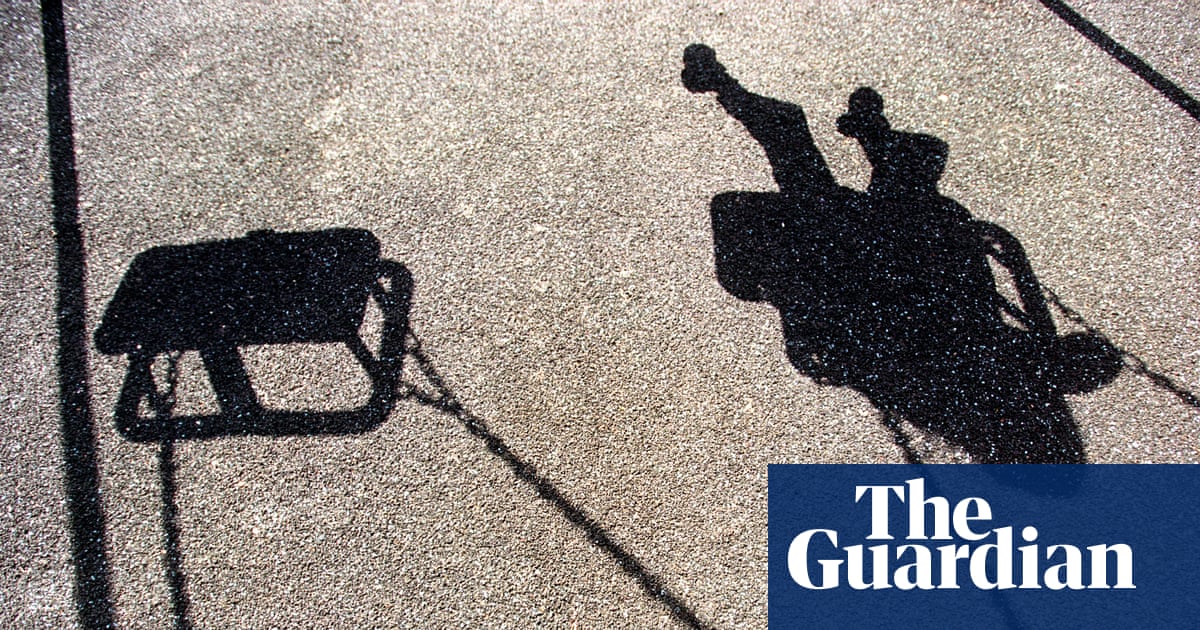I have no trouble falling asleep. Most nights, my head hits the pillow, and that’s all I remember.
But several times a week, I find myself wide awake at 2.00am – stressing about a work deadline, wondering if my daughter is adjusting to her new school or making a note on my phone to get the car washed. Usually, I get back to sleep in an hour, but when my 8am alarm goes off, I feel groggy, wishing I’d had that extra shut-eye.
This inability to stay asleep is called maintenance insomnia, says Dr Julia Kogan, a health psychologist and insomnia specialist based in Chicago. While it’s common to wake at night, some people have trouble getting back into slumber. Anxious thoughts are a common cause. “People wake and cannot shut their mind off, which interferes with their ability to fall back asleep,” says Kogan.
The sleep disorder can impair a person’s daily function, but there is treatment. Here’s what you need to know about maintenance insomnia.
What is maintenance insomnia?
While many people think of insomnia as trouble falling asleep, there are different forms, says Dr Jamie Zeitzer, professor of psychiatry and behavioral sciences at Stanford University. Some people have difficulties falling asleep (sleep onset insomnia), some wake too early in the morning (early waking insomnia) and some find themselves up in the middle of the night (maintenance insomnia, named for the inability to “maintain” continuous sleep).
Many people suffer from a combination of these, and Zeitzer says maintenance insomnia, on its own or experienced with other forms of insomnia, is fairly common. Nearly 20% of those with insomnia symptoms in one 2014 study experienced extended middle-of-the-night wakings.
It’s normal to wake up at night, says Zeitzer. For instance, you might need to go to the bathroom or simply wake at the end of a sleep cycle, when sleep is the lightest. He says most people don’t remember their brief wakings and aren’t impaired by them the next day. But others aren’t so lucky.
“It’s not necessarily what wakes people up, but what happens after with their mind that keeps them up,” Kogan says. Some people wake up at night and their mind starts racing, keeping them awake. They may even worry about losing sleep and that stress also keeps them awake, creating a frustrating cycle of wakefulness.
Maintenance insomnia can look different from person to person, Kogan adds. One might experience one or two long windows of wakefulness a night, while another wakes up and falls back asleep many times.
Maintenance insomnia can cause a number of mental and physical health issues, including impaired daytime performance, anxiety, headaches and body aches, says Dr Olabimpe Fashanu, a sleep physician based in Maryland. Sleep loss can also increase the risk of other conditions, including obesity, diabetes and cardiovascular disease.
What causes maintenance insomnia?
There isn’t always a single underlying cause, but several factors can contribute to the inability to stay asleep, says Kogan.
Stress and anxiety: The most common reason for maintenance insomnia is high stress and anxiety, says Kogan. When some people wake, they start thinking – perhaps about their to-do list, daily stressors or the stress of not being able to get good sleep.
“Nightmares related to anxiety, PTSD or other mental health conditions can also make it hard to return to sleep,” Kogan says.
Lack of sleep drive: A lack of sleep drive, or not being sufficiently tired, can also keep people up at night, Kogan says. Common causes for low sleep drive include taking naps during the day and staying in bed longer than necessary. “People with maintenance insomnia think that spending more time in bed will help them get more sleep, but it usually leads to less sleep overall,” says Kogan.
Physical pain and discomfort: Pain is often associated with insomnia. It can wake a person up and make it difficult to fall back asleep, Zeitzer says. Painful, chronic conditions can spark long-term sleep issues, but even temporary issues like a backache or sunburn can cause problems.
Other uncomfortable and anxiety-inducing medical disorders are associated with sleeping issues, says Kogan. These include neurological disorders (like migraines and inflammatory diseases), cardiovascular disease and breathing disorders. Medications associated with many of these conditions can themselves cause nighttime awakenings, says Kogan.
Age and gender: Older adults tend to wake more often because they’re more prone to neuropathy, urinary problems and acid reflux, according to Zeitzer. “Even in the absence of these stimuli, older adults generally experience lighter sleep, which can mean more wakings,” he says.
after newsletter promotion
Women, especially those approaching menopause, are also more prone to maintenance insomnia due to hormonal changes, according to a 2015 study.
Imperfect sleeping environments: Noise, light, heat, cold, an uncomfortable bed, a snoring partner and other environmental stimuli can contribute to maintenance insomnia, says Fashanu.
Individual responses to disturbances vary from person to person. For example, some might wake up to the soft sound of footsteps down the hall, while others can sleep even with the TV blaring. “Some people do better with sleep disruption in general,” Fashanu says.
How do you treat maintenance insomnia?
Treatment for maintenance insomnia typically depends on the underlying cause, says Fashanu. If physical pain or environmental factors are causing frequent wakings, remedying those factors is often enough. Therapy or psychiatric medications can stop sleep disruptions caused by anxiety.
If these factors are ruled out, other treatments are available.
CBT-I: Cognitive behavioral therapy for insomnia (CBT-I) is a form of therapy that “essentially teaches you not to care about your insomnia, which enables you to go back to sleep much faster”, says Zeitzer. It is considered the go-to treatment for maintenance insomnia. It typically takes six to eight sessions to rewire how a person thinks about sleep and create new sleep behavior.
Medication: Sleeping pills like Ambien or Lunesta can help for short-term use, but Kogan doesn’t recommend sleep medication before other options have been explored. “Insomnia is often related to cognitive and behavioral factors, so sleep meds are often a band-aid if those factors are not addressed,” she says, adding that regular and longterm use of over-the-counter medications is not recommended.
Experts don’t recommend melatonin for this form of insomnia, either. “Melatonin is naturally produced by the body and often supports falling asleep. Most people don’t have a melatonin deficiency and therefore it’s not particularly helpful, especially for maintenance insomnia,” says Kogan.
A restful bedtime routine: A relaxing bedtime routine can help prevent long wake windows, says Kogan: “It’s helpful to have a 30-60 min buffer zone before bed where the person is shutting down devices and engaging in deep relaxation activity, such as deep breathing, progressive muscle relaxation and other relaxing activities.”
She also says it can be helpful to spend some time earlier in the day – not right before bed – writing out any to-do items, worries or concerns, to clear one’s mind before getting to sleep.
When it comes to treating insomnia in general, Fashanu advises seeking treatment sooner rather than later. She says that, over time, people with maintenance insomnia develop maladaptive habits, such as prolonged time in bed and clock watching, making sleep quality even worse. “Chronic insomnia is harder to treat the longer it’s been going on,” she adds.

 2 months ago
80
2 months ago
80

















































